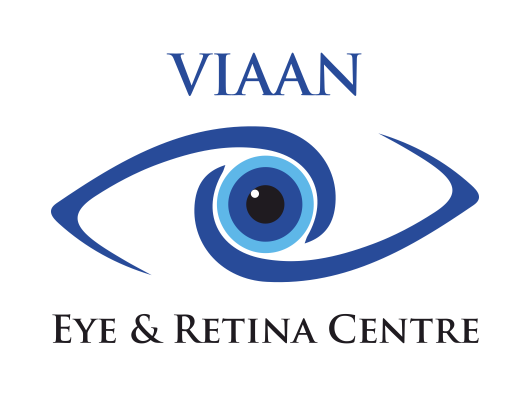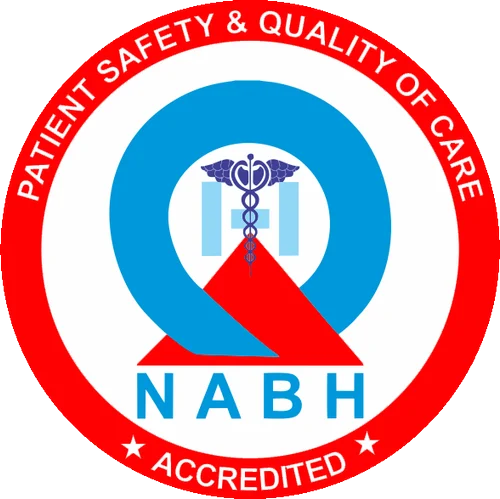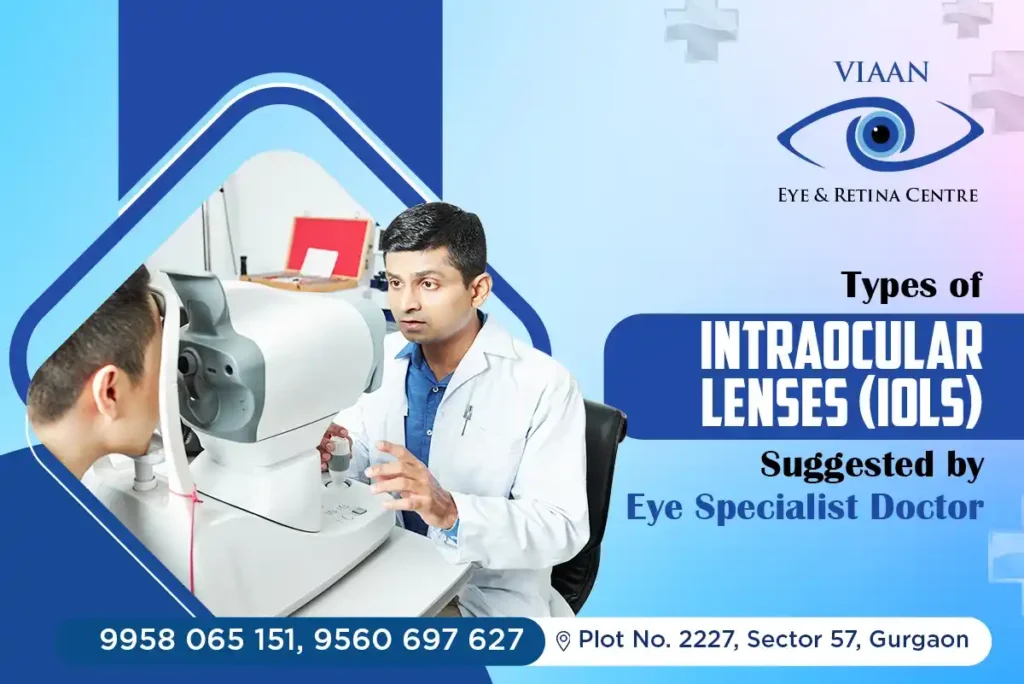Intraocular lenses (IOLs) have revolutionised the field of ophthalmology, providing individuals with improved vision after cataract surgery or refractive lens exchange. Eye specialists play a crucial role in recommending the most suitable type of IOL based on a patient’s unique eye condition, lifestyle, and visual preferences. In this article, we will delve into the different types of intraocular lenses suggested by eye specialists, shedding light on their features, advantages, and considerations.
1- Monofocal Intraocular Lenses
Monofocal lenses are the traditional choice for cataract surgery and remain widely recommended by eye specialists. They have a single focal point, providing clear vision at one distance, usually either near or far. Patients who choose monofocal IOLs often still require glasses for tasks at other distances.
Advantages
- Well-established and widely used.
- Generally cost-effective.
Considerations
- Glasses may be needed for activities at different distances.
- Limited flexibility in adjusting to varying focal points.
2- Multifocal Intraocular Lenses
Multifocal IOLs are designed to provide clear vision at multiple distances, reducing the dependence on glasses. These lenses incorporate different focal zones, allowing individuals to see clearly at both near and far distances simultaneously. Eye specialists often recommend multifocal IOLs for patients seeking greater freedom from glasses after cataract surgery.
Advantages
- Reduced dependence on glasses for various activities.
- Enhanced visual flexibility at different distances.
Considerations
- Some patients may experience glare or halos, especially in low-light conditions.
- Adjusting to multifocal lenses may take some time.
3- Accommodating Intraocular Lenses
Accommodating IOLs are designed to mimic the natural focusing ability of the eye’s crystalline lens. These lenses can shift focus between near and far distances, providing a more seamless and natural visual experience. Eye specialists may recommend accommodating IOLs for patients who desire increased visual adaptability without the need for reading glasses.
Advantages
- Dynamic focusing for improved near and far vision.
- Reduced dependence on glasses for various activities.
Considerations
- Some patients may still require glasses for certain tasks.
- Cost may be higher compared to monofocal lenses.
4- Toric Intraocular Lenses
Toric IOLs are specifically designed to correct astigmatism, a common refractive error caused by irregularities in the shape of the cornea or lens. Eye specialists recommend toric lenses for patients with astigmatism to achieve clearer and more focused vision after cataract surgery.
Advantages
- Corrects astigmatism, improving overall visual quality.
- Reduced dependence on glasses for astigmatism-related issues.
Considerations
- Precise alignment during surgery is crucial for optimal outcomes.
- May be more expensive than standard monofocal lenses.
5- Extended Depth of Focus (EDOF) Intraocular Lenses
Extended Depth of Focus (EDOF) lenses represent a newer category of intraocular lenses that aim to provide a continuous range of vision, extending from near to intermediate distances. These lenses offer a more gradual transition between focal points, reducing the potential for visual disturbances associated with multifocal lenses. Eye specialists may recommend EDOF IOLs for patients seeking enhanced visual performance across a broader range of activities.
Advantages
- Continuous range of vision from near to intermediate distances.
- Reduced risk of glare and halos compared to some multifocal lenses.
Considerations
- Some patients may still require glasses for specific tasks.
- Individual adaptation may vary.
6- Aspheric Intraocular Lenses
Aspheric IOLs are designed to replicate the natural shape of the eye’s lens, providing improved contrast sensitivity and reducing the potential for aberrations. These lenses can contribute to enhanced visual quality, particularly in low-light conditions. Eye specialists may recommend aspheric IOLs for patients who prioritise optimal visual acuity and clarity.
Advantages
- Improved contrast sensitivity and visual quality.
- Reduced risk of aberrations in low-light conditions.
Considerations
- May not eliminate the need for reading glasses in presbyopic patients.
- Cost may be higher compared to standard monofocal lenses.
7- Phakic Intraocular Lenses
Phakic IOLs are implanted without removing the eye’s natural lens, making them an alternative for individuals with high levels of myopia (nearsightedness) or hyperopia (farsightedness) who may not be suitable candidates for laser eye surgery. Eye specialists may recommend phakic IOLs for patients seeking a reversible vision correction option.
Advantages
- Suitable for patients with high levels of myopia or hyperopia.
- Reversible procedure, as the natural lens remains intact.
Considerations
- Requires careful assessment of eligibility.
- Potential for complications, such as increased intraocular pressure.
Conclusion
Choosing the right intraocular lens (IOL) is a collaborative decision that requires the expertise of an experienced eye specialist doctor. If you’re in search of a cataract surgeon in Gurgaon, consider Viaan Eye & Retina Center. We prioritise patient care, offering top-notch services tailored to your unique needs. Our team of experts is ready to guide you through the process, ensuring you receive the best possible IOL for your lifestyle and vision goals. Visit our website to learn more and book a consultation with our dedicated team.
Trust Viaan Eye & Retina Center for personalised care and a clearer vision ahead.



